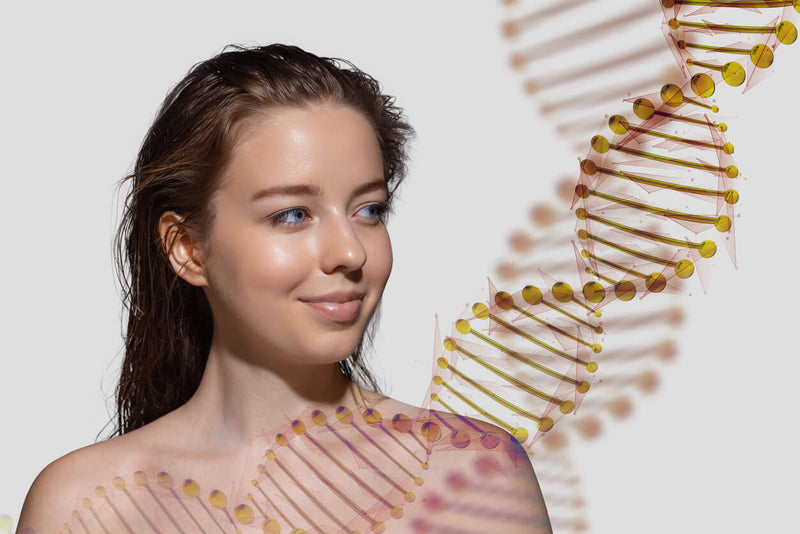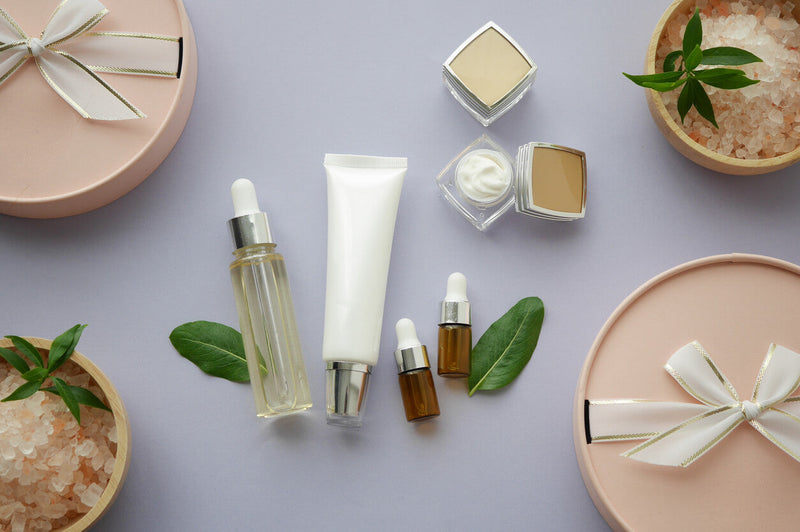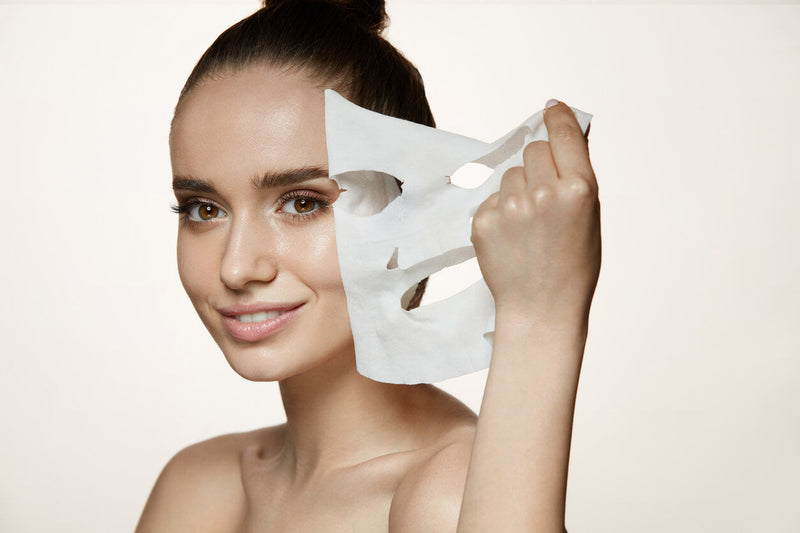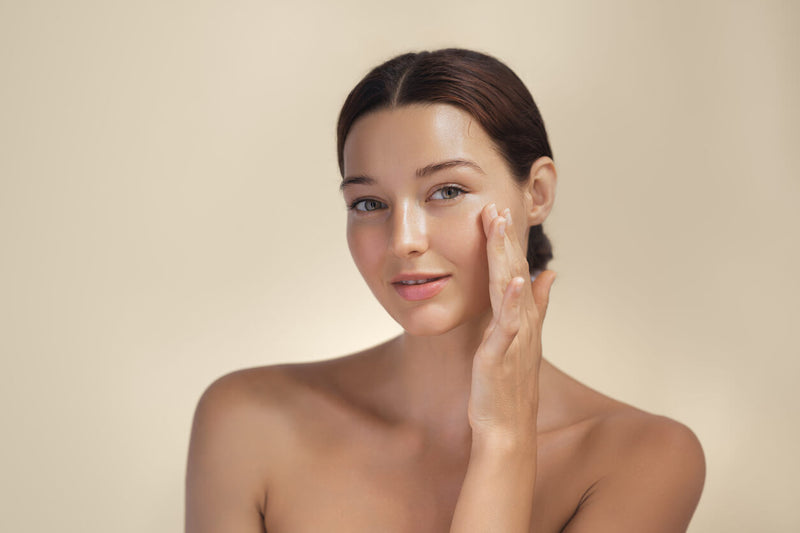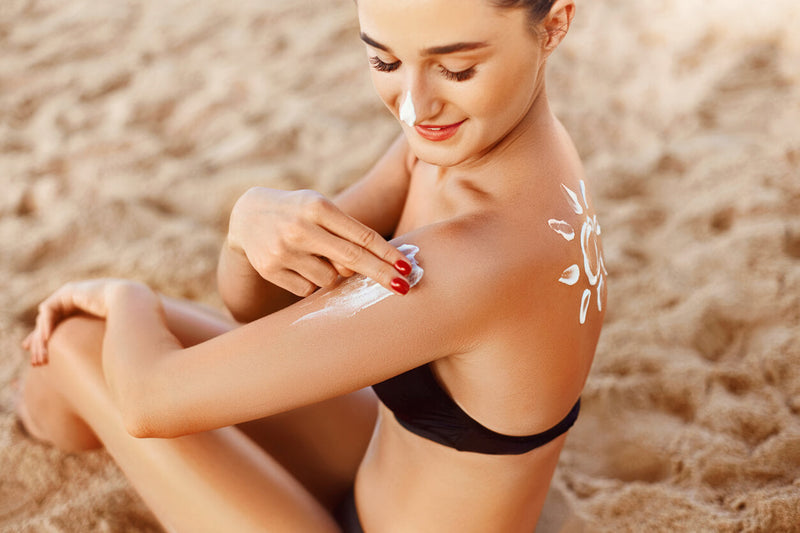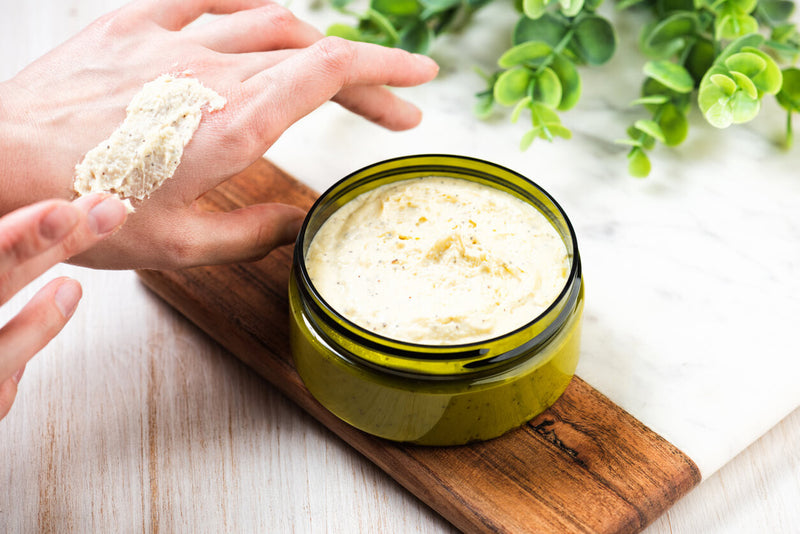

If there is one skincare ingredient that has been steadily gaining buzz and shows no signs of fading anytime soon, it probably is hyaluronic acid (HA). Known for its hydrating capabilities, HA has become a common ingredient in almost all types of skincare, from serums to masks and toners to moisturizers.
As its popularity increases, so does the misinformation about it. Some are also claiming it’s overrated or not worth the hype, as well as not really that beneficial to include in your skincare regimen. So, what’s the truth? Why is hyaluronic acid, hailed a skincare miracle, surrounded by such misconceptions?
Continue reading as we explore more about hyaluronic acid, what it does, and separate fact from fiction.
What is hyaluronic acid?
Hyaluronic acid is a naturally occurring substance (sugar molecule), responsible for retaining water to keep the tissues lubricated. It is found in every tissue in the body, but is more abundant in the skin, eyes, and connective tissues. HA is a humectant that holds water and can bind up to 1000 times its weight in water.
HA keeps the skin plump and hydrated. But just like collagen and elastin, the amount of HA in our body decreases with age. It declines by about 2% each year, which can then contribute to wrinkles and loss of elasticity.
Hyaluronic acid, furthermore, is a short-lived molecule with a lifespan of less than 24 hours. The skin produces and renews HA, with about 30 to 50% of its molecules being destroyed daily.
Hyaluronic acid in skincare
HA comes in varying molecular weights and forms.
Molecular Weight:
-
Low molecular weight (LMW) enables deeper penetration into the skin. This provides hydration and regenerative benefits.
-
Medium molecular weight (MMW) penetrates the surface layers and hydrates the epidermis. It helps maintain skin moisture throughout the day and has a slower absorption compared to LMW.
-
High molecular weight (HMW) does not penetrate the skin; it just stays on the surface. It forms a protective barrier to prevent moisture loss and strengthen the skin barrier.
Forms/versions:
-
Raw form (hyaluronic acid) – moisturizes the skin’s surface layers and forms a protective film to keep the water from evaporating.
-
Hydrolyzed form (hydrolyzed HA) – undergone hydrolysis or a process where larger molecules are broken down into smaller ones. It enables better penetration and hydration, while potentially helping stimulate natural HA.
-
Alkaline form (sodium hyaluronate) – the salt form of HA, known for its hydrating and moisturizing properties. It can hydrate the skin and help retain moisture for a more supple complexion with reduced appearance of wrinkles and dryness.
-
Cross-linked form (sodium hyaluronate crosspolymer) – a modified form of HA that forms a protective barrier on the skin. It helps reduce transepidermal water loss (TEWL) and improve elasticity and firmness.
-
Encapsulated high molecular weight – allows deeper penetration for effective skin hydration. It can boost the skin’s natural barrier function and can reduce the appearance of fine lines and wrinkles.
Hyaluronic acid can be found in:
-
Toners
-
Serums
-
Creams
-
Moisturizers
-
Sheet masks
-
Dermal fillers
-
Other injectable treatments
What’s the truth about these claims about hyaluronic acid?
1. Hyaluronic acid dries out the skin.
This claim comes from HA’s ability to draw moisture from the skin, which can then potentially lead to dryness, especially when used in arid environments. While this can be the case, many hyaluronic acid products contain other replenishing and nourishing ingredients, and are not solely applied on dry skin in extremely dry environments.
It is also worth noting that a well-rounded skincare routine contains other humectants and skin-loving ingredients that can prevent HA from pulling moisture from the skin. Following up your HA serum with a good face moisturizer, for instance, can lock water in before it evaporates. Applying sunscreen and other products can also add another seal.
2. Hyaluronic acid provides instant results.
This is not true; HA is slow-acting just like other skincare ingredients. Applying it for a week or a short period of time is not enough to show you what it claims to offer. Give it time and use it consistently and properly with other skin-nourishing ingredients.
3. Hyaluronic acid is only for dry skin types.
While it is true that hyaluronic acid works well in hydrating dry skin, it can be used by most skin types. It can provide hydration and balance to various skin types, even sensitive and acne-prone ones. HA is also beneficial for oily skin, as it can hydrate the skin without clogging the pores, and provide a calming effect that can reduce redness and inflammation.
4. Hyaluronic acid is effective in reducing the appearance of wrinkles.
This is true. HA provides a plumping effect on the skin, which can then reduce the look of fine lines and wrinkles. By keeping the skin hydrated, it can give it a smoother appearance, as well as supports the skin’s natural renewal processes. There are also injectable hyaluronic acid treatments that can tackle visible signs of aging for a healthier, smoother, and younger-looking complexion.
5. Hyaluronic acid cannot be combined with other acids (e.g. AHA, BHA)
The word acid in hyaluronic acid is not something you should be afraid of, as it is a gentle ingredient. You can, however, pair it with alpha hydroxy acid (AHA) and beta hydroxy acid (BHA), which are chemical exfoliants that promote natural skin exfoliation. Using HA after an exfoliant can keep the skin hydrated and strengthen the barrier, which can reduce the risk of irritation.
HA products at Dr. Sylvia Skin Care and Cutis Laser Clinics
If you’re in the market for a new face moisturizer, Dr. Sylvia Skin Care has two formulas designed to hydrate and nourish your skin. Both have hyaluronic acid and other skin-loving ingredients that can tackle dry, dull skin and give you a glowing complexion.
-
Hydra Pro with Moisture Lock Complex – helps provide intense hydration without leaving any oily residue. It also contains zinc to soothe sensitive or irritated skin and is ideal for all skin types, including oily and acne-prone skin.
-
HydraLux Moisturizer – hydrates and plumps the skin while reducing the appearance of fine lines and wrinkles. It helps restore the skin’s natural moisture and smooths rough patches and unevenness for a more refined complexion.
At Cutis Medical Laser Clinics, we also have injectables that use hyaluronic acid as the star ingredient. These include:
-
Dermal fillers – restore volume and improve facial contours. It can enhance the lips, lift the cheeks, soften folds and creases, as well as improve the look of dark, under eye circles. There are also HA fillers that can rejuvenate the hands.
-
Bio-remodelling injectable – contains 100% hyaluronic acid (with low and high molecular weight). It bio-stimulates four types of collagen, elastin, and proliferate adipocytes (fat) stem cells, helping you achieve smoother, tighter, and more glowing skin.
-
HA microdroplet injectable – is US FDA-approved for improving cheek skin smoothness. It uses modified HA that can help boost collagen and elastin. This strengthens the skin, smooths fine lines, and restores elasticity for skin that looks and feels healthy, smooth, and vibrant.
Browse through our blog today to shop for HA-containing products and other medical-grade formulas. Contact Cutis Medical Clinics in Singapore to learn more about our HA-based treatments or schedule a consultation with one of our aesthetic doctors.









